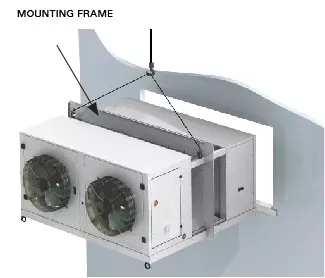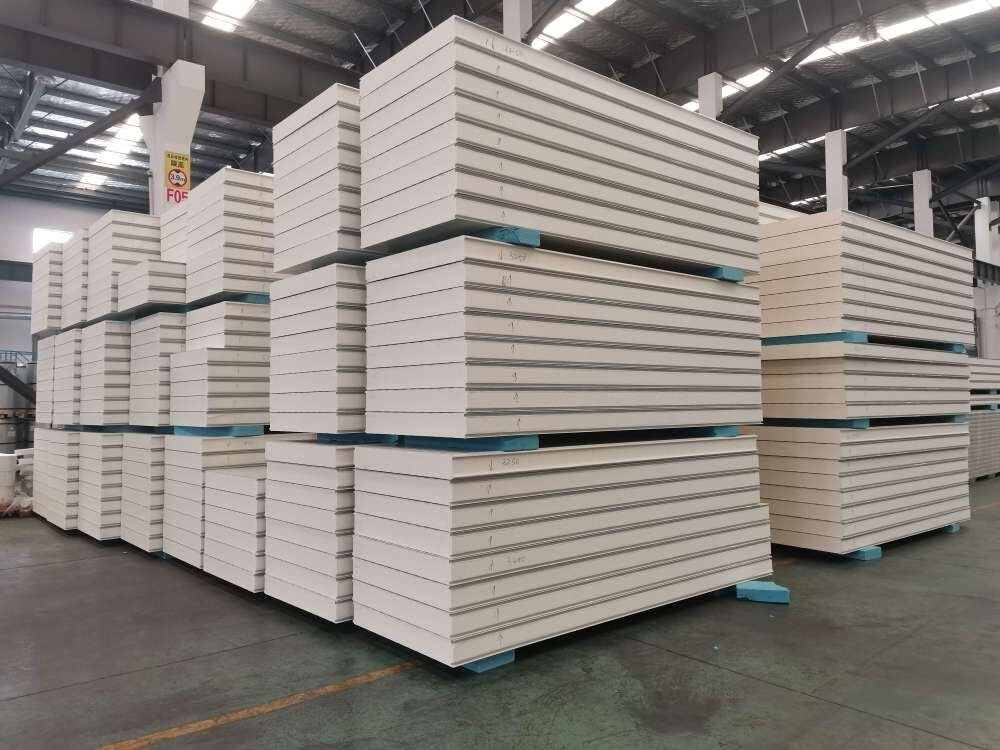Cold room compressors play an indispensable role in the refrigeration cycle, ensuring that temperature-sensitive goods remain at optimal conditions. Well-maintained compressors can reduce operating costs and avoid unexpected downtimes. This guide explores advanced maintenance techniques to extend equipment life and diagnose common compressor problems such as overheating.
Detailed Troubleshooting of Common Compressor Problems

1. Overheating
Overheating may compromise the compressor’s efficiency and cause severe mechanical failures. This is often caused by factors such as insufficient lubrication or high discharge pressure.
Advanced Troubleshooting:
- Check Lubrication System: Make sure the oil pump is working properly and that it has a good viscosity and oil quality. Oil that is contaminated or degraded can cause friction and heat.
- Determine Discharge Pressure: A high discharge pressure can be caused by overcharged systems, or problems with the condenser. Check that the condensers and fans are working properly.
- Thermal imaging: Use thermal camera to identify hotspots on electrical components or motor windings which could indicate overloading or imminent failure.
2. Refrigerant Leaks
Leaks are not only detrimental to cooling performance, but they also pose an environmental risk. A systematic approach is required to identify and fix leaks.
Advanced Troubleshooting:
- Test for Pressure: Perform a static test of pressure to detect any drops in the system pressure that may indicate leaks. For further verification, perform a dynamic pressure test in operating conditions.
- Ultrasonic leak detectors: Use advanced ultrasonic equipment in order to detect the high-frequency sounds created by gas escaping from tiny leaks. This is especially useful for hard-to reach areas.
- Refrigerant Recharge and Recovery: Remove existing refrigerant safely before repair. After repair, recharge the system in accordance with the manufacturer’s specs to ensure optimal performance.
3. Pressure Anomalies
Different causes of pressure issues include compressor inefficiency or system blockages. These anomalies may lead to a reduction in cooling capacity or system shutdown.
Advanced Troubleshooting:
- Comprehensive Audit of System: Conduct a system analysis in order to verify the proper charge, operation, and cleanliness of the system.
- Advanced Diagnostic Tools: Measure suction and discharge pressures with digital gauges or manometers to compare them against the design specifications.
- Flow analysis: Use flow meters to detect irregularities of refrigerant flows, which could indicate blockages or defective expansion valves.
Advanced Maintenance Practices

Cold room compressors require regular maintenance to ensure their longevity and efficiency. Here are some advanced procedures that go beyond the basic procedure:
1. Predictive maintenance
Use technology to predict failures and prevent them from occurring. Included in this are vibration analysis, oil analyses, and condition monitoring system.
- Vibration analysis: Monitor vibration levels regularly to detect imbalances and misalignments that may lead to mechanical failures.
- Oil analysis: Sample compressor oil periodically to check for metal particles or contaminants that could indicate wear.
2. Comprehensive Electrical System Overhaul
Electrical components should be regularly inspected and maintained to avoid failures which could result in costly downtimes.
- Infrared Thermalography: Use thermal cameras to detect hotspots in electrical circuits or connections. This allows for prevention before failures happen.
- Load Tests: Perform load tests to verify that the compressor motor operates within its design limits and avoid stressing electrical systems.
3. Optimizing System Efficiency
Consider enhancing system components to improve efficiency.
- Upgrade compressor technology: Retrofit older systems with variable-frequency drives (VFDs), to improve energy efficiency, and reduce wear.
- Cleaning Protocols for Heat Exchangers: Use deep cleaning routines to improve the thermal conductivity of heat exchange surfaces and system efficiency.
4. Documentation
Keep detailed records for all maintenance and repairs to help with future troubleshooting and diagnostics.
- Training Programs Train your technical staff on the latest diagnostic tools, maintenance strategies and more.
These advanced maintenance practices and methods of troubleshooting can help facilities ensure that their cold room compressors are operating at maximum efficiency. This will reduce energy consumption, and extend the life expectancy of the system. Regular, detailed maintenance of compressor systems will not only protect against unexpected failures, but also maximize the cost-effectiveness and efficiency of refrigeration operations.



